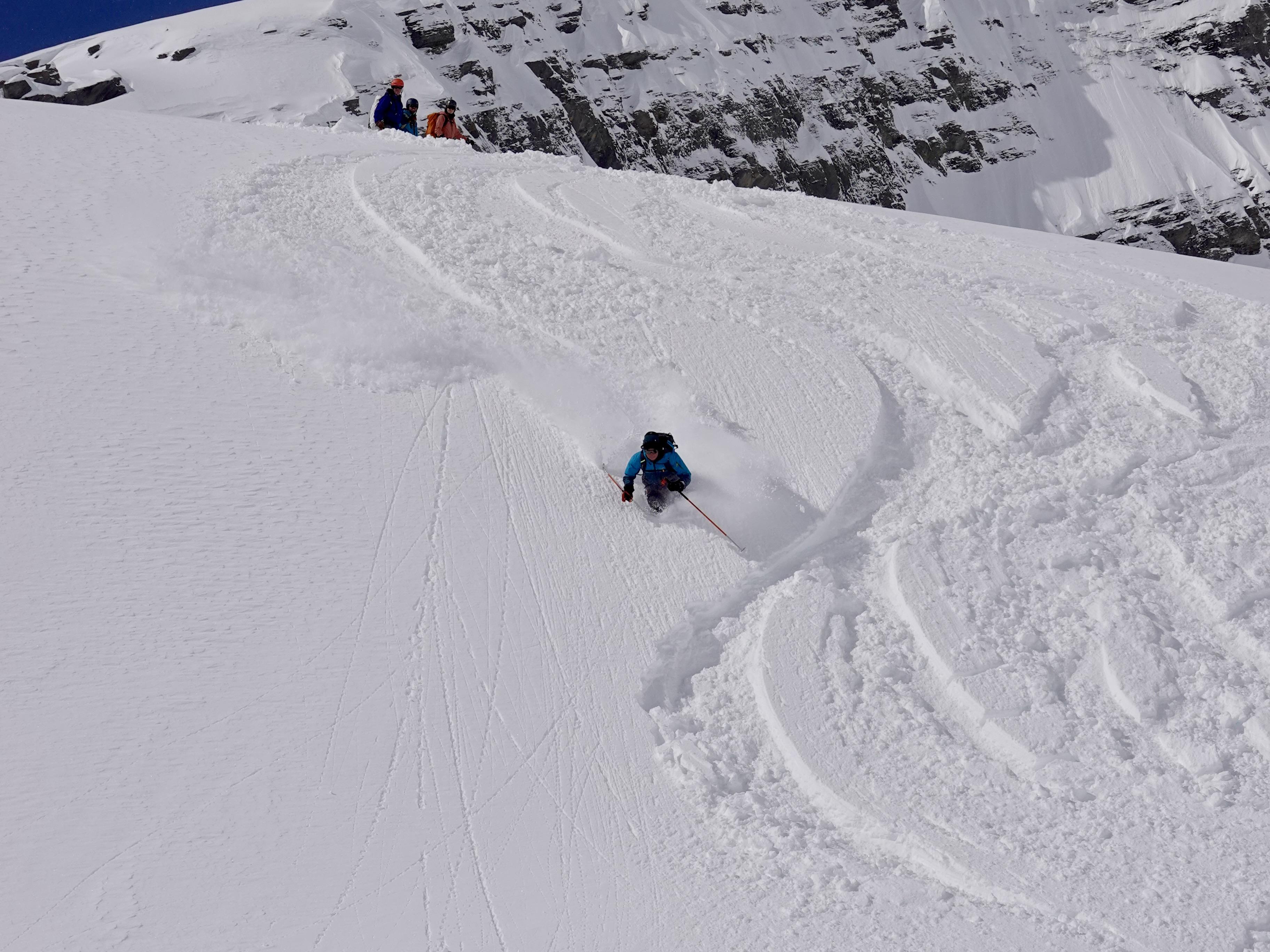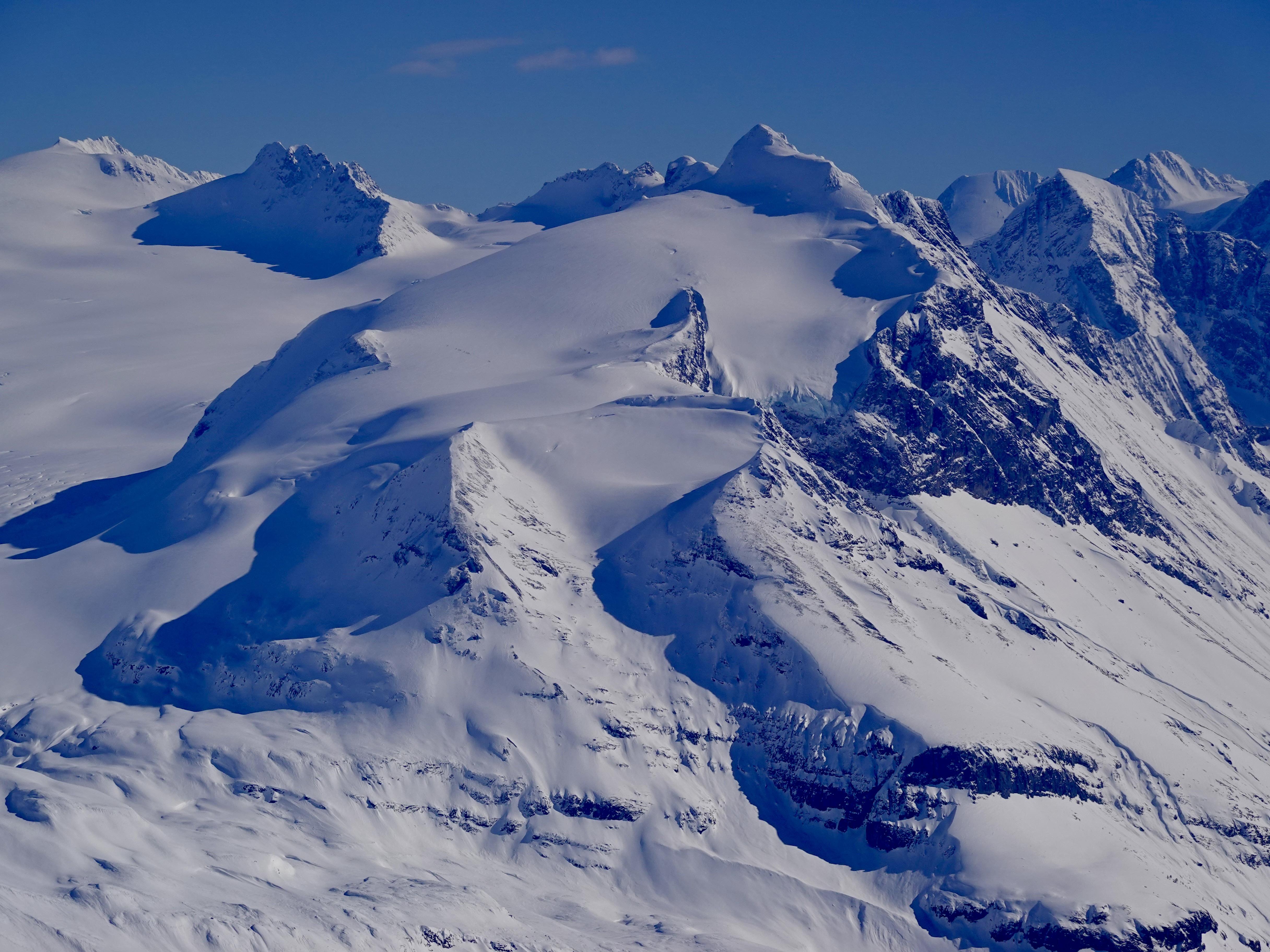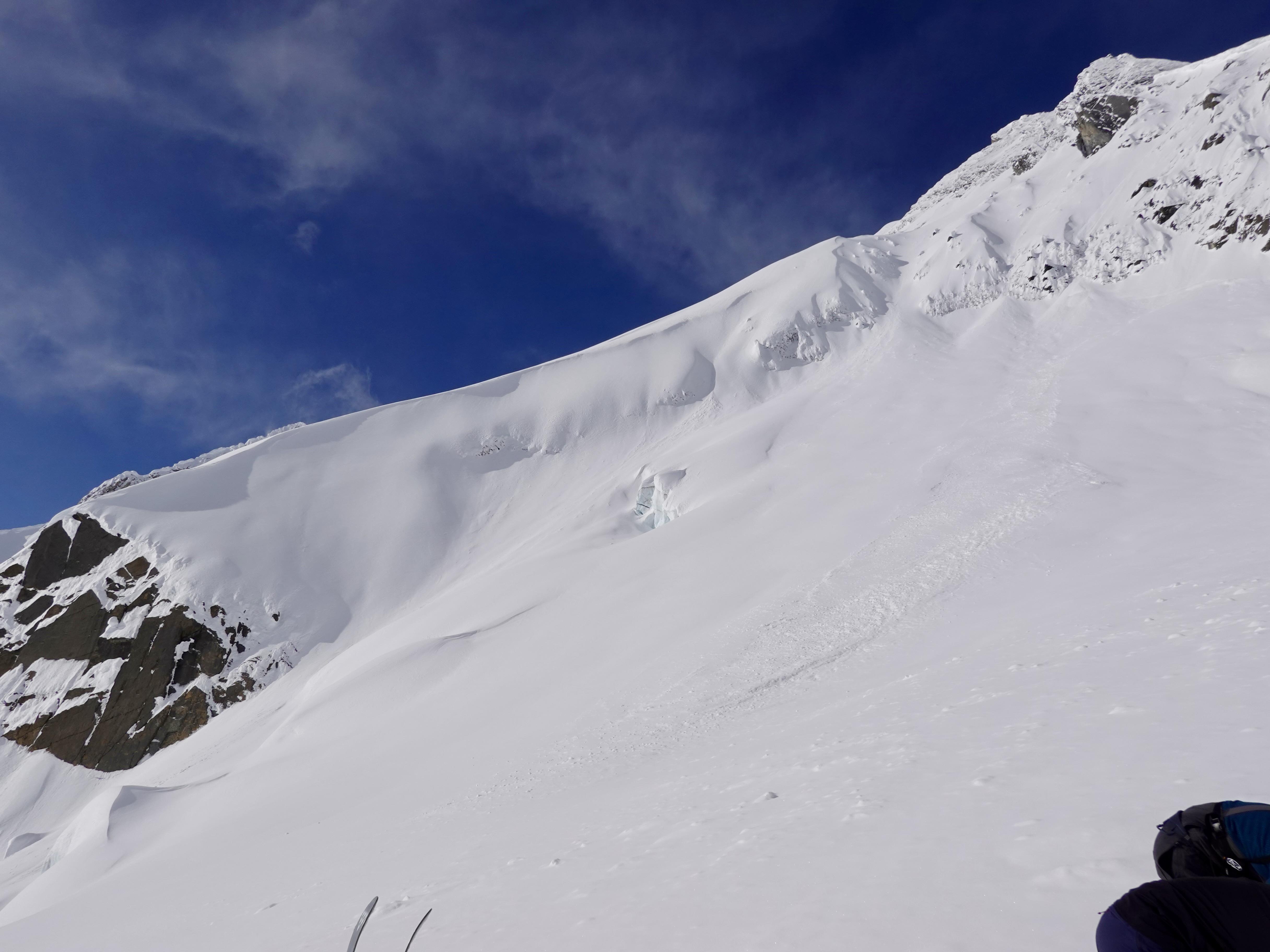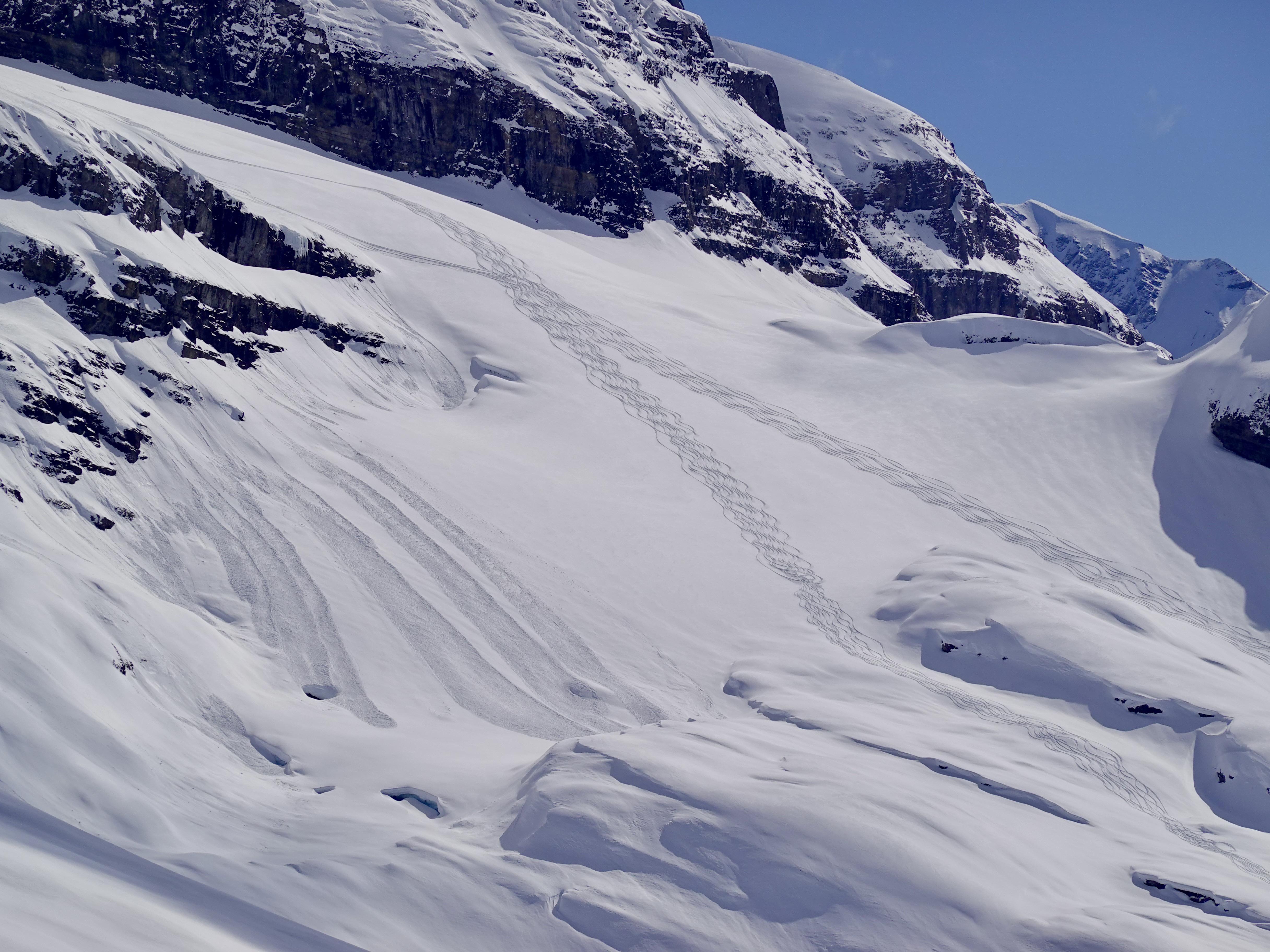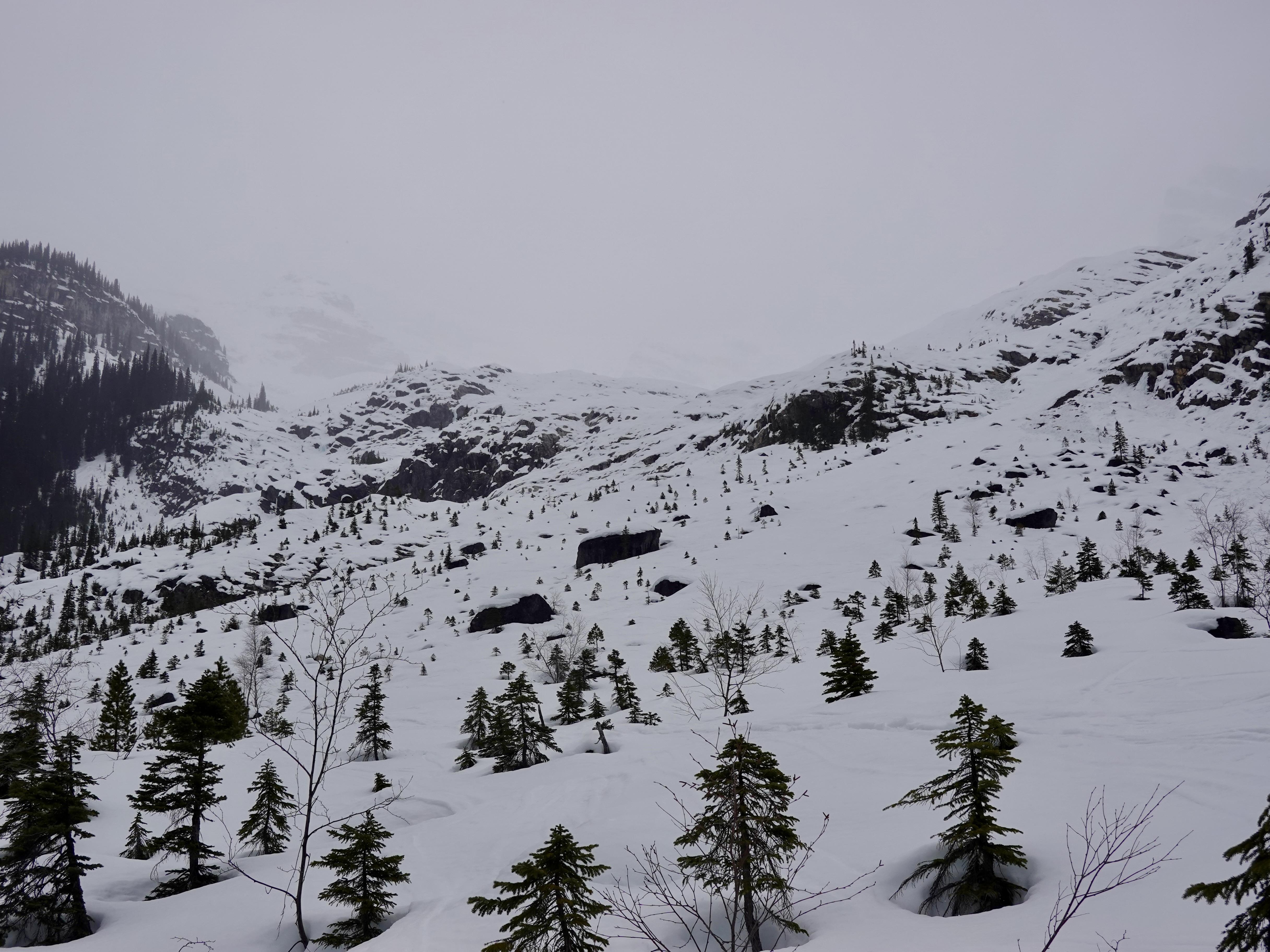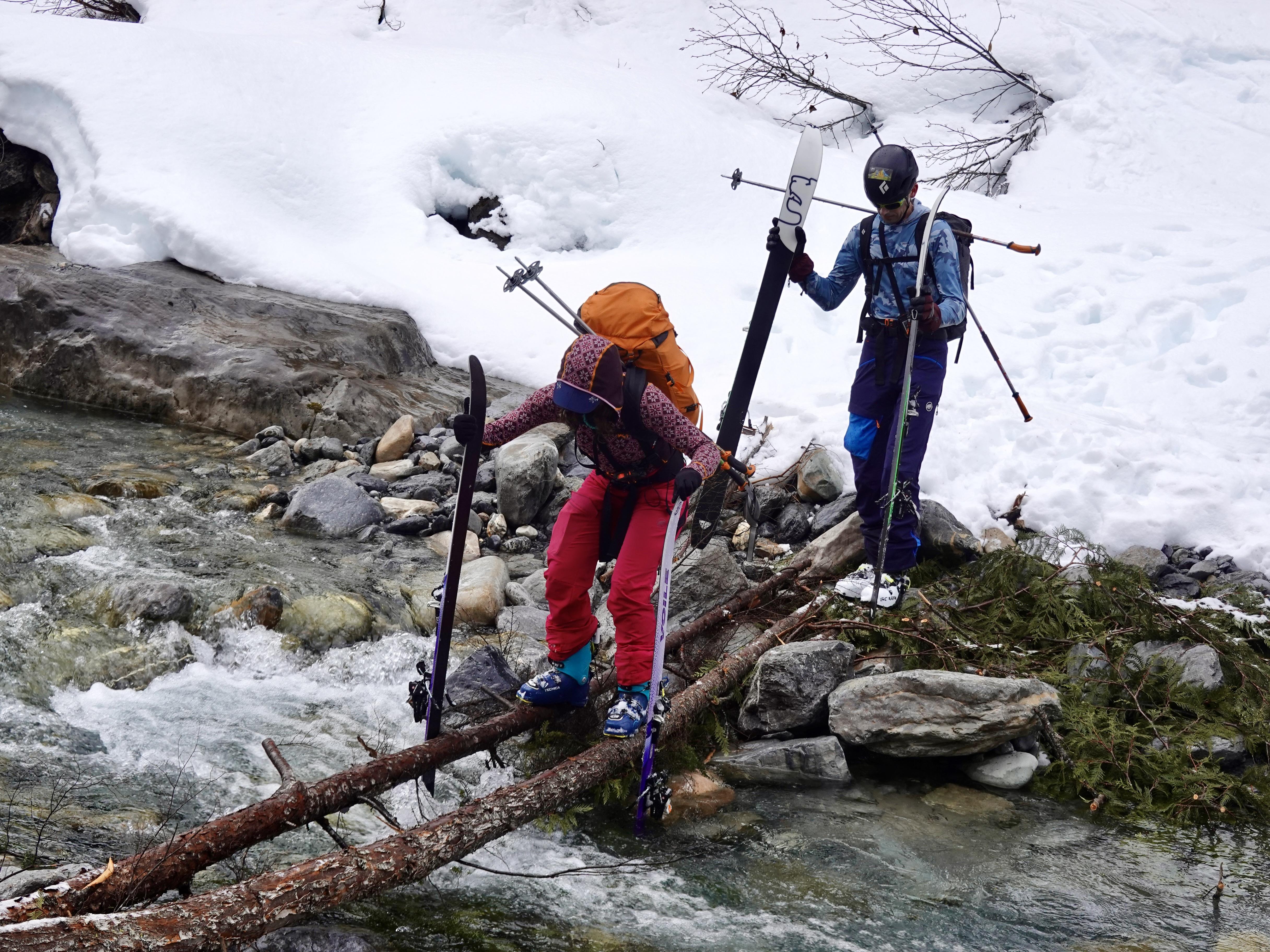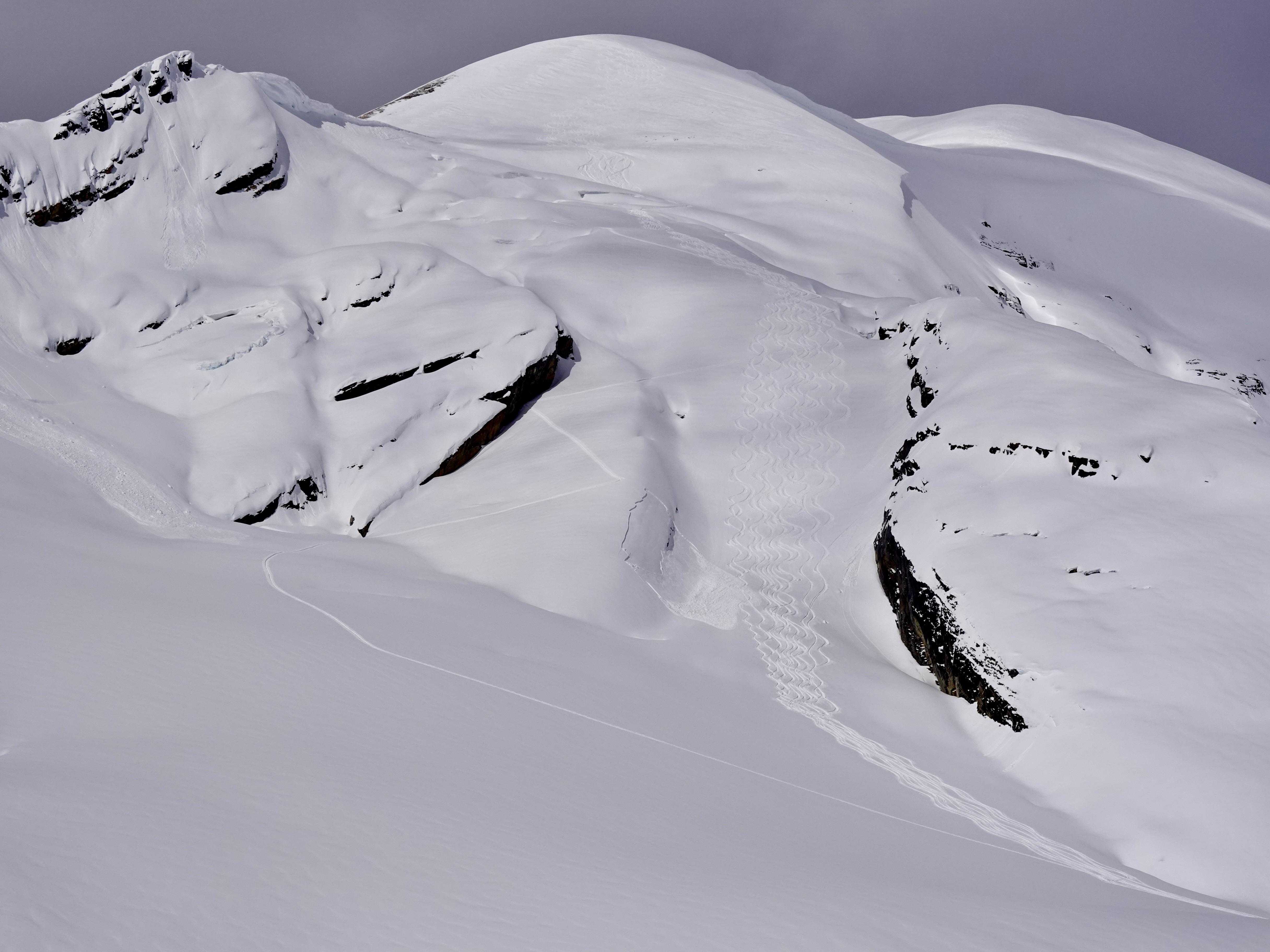I just finished a couple of laps around the Icefall Traverse today, with two different groups over the last 13 days, guiding for Icefall Lodge.
Both weeks were adventurous as always, both taking a similar route; Mons Hut - Lyell Hut - Alexandra Cabin (via The Deep End) - Icefall Lodge (2 nights) - Rostrum Cabin.
We had a lot of fresh tracks and great powder skiing due to a few storms dumping up to 30cm during the period. However, in general we had challenging conditions due to a shallow snowpack at low elevations, poor visibility, wind and avalanche problems. Each week we summited Mons Peak and Mt Kemmel, but we didn’t attempt any other summits due to conditions.
Travel conditions:
We had everything including wind hammered snow, knee deep upside down wind snow, supportable crust, breakable crust, isothermal snow and fluffy powder.
We had to take our skis off a couple of times to cross improvised bridges (thanks Mukunda and Harrison!) heading down Lyell Creek from the Alexandra Cabin, plus once on the way up Portal Creek. Melting at low elevations seems to be a month or more advanced compared to normal.
When I left today, ENE through NW aspects in the alpine had 30cm of dry powder snow. Most other areas were breakable crust, although likely transitioning to supportable crust soon in many areas.
Glacier conditions:
There is an average 260cm of snow on the glaciers, with well over 320cm in deep areas.
Above 2700m (the approximate snowline from January), there is a lot more snow than last year. For example, when approaching the Lyell Hut where there was exposed glacier ice last year, this year I probed 260cm.
Despite a deeper snowpack this year above 2700m, there are many more open crevasses than previous years, often in places sags have not previously been observed during the ski season.
No one has tried skiing the Wild West Glacier yet this season due to unsettled weather; the direct route people have been skiing the past couple of years no longer looks very appealing (see photo), but the old-fashioned route on skiers left may still work.
Avalanche conditions:
From March 31st until April 12th, various groups observed whumphing every day, failing on a layer of 2-3mm decomposing surface hoar (buried March 23rd?) overlying a crust now buried 40-70cm deep. The whumphing occurred in most areas above 2200m where there was a buried crust, but not on steep north facing terrain.
The facets overlying the February 5/6th rain crust is still reactive to testing with moderate to hard sudden collapse results in shallow areas, where it is about 80cm deep. There have not been any avalanches observed during the last few weeks on this layer.
Windslabs formed a few days ago are now almost settled out (possibly with the exception of high on the Icefields where it's still windy).
Otherwise regular spring conditions such as loose wet avalanches and skier remote stormslab avalanches failing on crusts have been observed.
Notable avalanches:
- One ski cut on the south face of Christian Peak wrapped around onto the east face causing a size 2 avalanche, presumably on the March 23rd layer.
- One natural avalanche was also observed on the March 23rd layer triggered by a cornice fall.
- One size 3 natural avalanche was reported from the Diamond Spur.
Please see photos attached for more info including Mt Forbes.
Enjoy the spring!
Alex Geary
ACMG/IFMGA Mountain Guide

